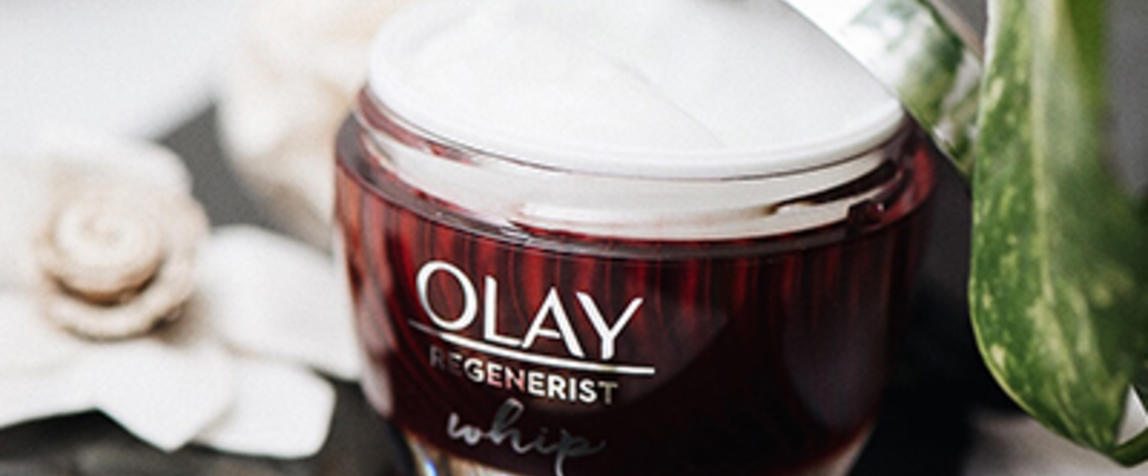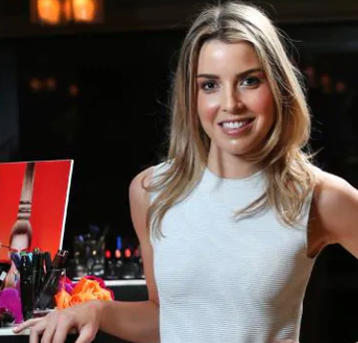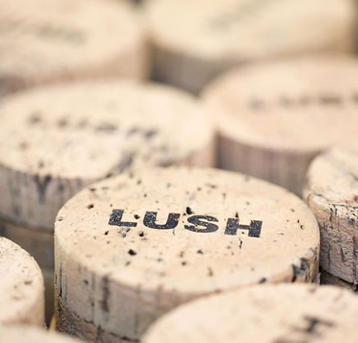Private equity giants home in on Nestlé Skin Health division; Johnson & Johnson sells RoC skincare and invests in Korea's Memebox; China to reach 55.8 per cent of global online sales by year's end; and Olay and SK-II push P&G Q2 sales to US$17.4 billion.
Private equity giants home in on Nestlé Skin Health division
Nestlé, the Swiss food heavyweight and a major shareholder in L'Oréal, announced it was looking to sell its Skin Health business last September. The division was founded in 2014 after Nestlé acquired L'Oréal's stake in the Galderma joint venture. The portfolio operates in several booming sectors, including anti-acne, dermo-cosmetics and soft option cosmetic procedures, through Proactiv (majority owner), Cetaphil, Restylane and Sculptra dermal fillers and Dysport, the European competitor of Botox.
Nestlé’s Skin Health unit is valued at US$7 billion and has attracted the attention of major private equity players. Late last year we reported that Advent, the former owner of Douglas, Europe's largest perfume and cosmetics chain, was rumoured to be circling L'Occitane. But the private equity giant has teamed with Cinven, another private equity heavy hitter, to bid at an auction for the Nestlé Skin Health business.
Also expected to raise their corporate hand is another major consortium of private equity titans, including Blackstone, the world's largest alternative investment firm, Carlyle, the biggest global private equity company, CVC, the former owners of ACP Magazines, EQT and Partners Group. Merz, the German pharma leader, is also said to be interested. First round bids are likely to be scheduled in early March.
Johnson & Johnson sells RoC skincare and invests in Korea's Memebox
RoC skincare used to be a popular pharmacy staple in Australia and is still available online. Founded in 1957 by French pharmacist, Dr Jean-Charles Lissarague, it was the first skincare brand to stabilise retinol which is currently enjoying a major resurgence. RoC enjoys significant sales in the US, Europe and South America through big box retailers such as Walmart, Target, CVS, Walgreens, Costco, Ulta and Amazon.
But Johnson & Johnson feels that RoC would fare better with new owners and has sold the brand to Gryphon Investors, the US private equity company who bought Milani Cosmetics in June last year. Details of the deal were not disclosed, but the future looks bright with increased global demand for anti-ageing skincare. According to Matt Farron, principal at Gryphon – "By leveraging the brand's French pharmacy heritage and track record of clinically-proven innovation, we see numerous opportunities to expand RoC's product offering to establish it as a brand with complete skincare solutions leading to increased market share".
In a separate deal through its investment arm, JJDC, Johnson & Johnson has led a group of investors in providing US$35 million in Series D funding to South Korean startup, Memebox. The investment lifts overall funding in the company to US$190 million to springboard its stable of private label brands, including Dew Care, Kaja, Nooni and Pony Effect. Kaja was the first Korean makeup brand to be co-designed with Sephora and launched last September. The world's largest specialist beauty chain will open its first stores in South Korea in the third quarter of this year.
China to reach 55.8 per cent of global online sales by year's end
China's economy may be slowing but retail growth is still running rampant, reveals digital commerce research company, eMarketer. Thanks to the mega-marketplaces such as Alibaba and JD.com, e-commerce sales in China are expected to grow by more than 30 per cent this year to US$2 trillion. Online sales already account for 35.3 per cent of total retail sales in China – the highest percentage in the world – compared to the US, the world's second biggest e-commerce market, at 10.9 per cent.
Overall retail sales in China are estimated to grow 7.5 per cent this year to US$5.64 trillion, in contrast to a 3.3 per cent rise in the US to US$5.53 trillion. By the end of this year, says eMarketer, China will account for 55.8 per cent of global online sales and is expected to lift its market share to 63 per cent by 2022.
Australian beauty brands, vitamins, baby formula and more are cashing in on the Chinese online bonanza and the growth pattern is predicted to hold firm, says eMarketer. In recent years, consumers in China have experienced rising incomes, catapulting millions into the new middle class, says Monica Peart, eMarketer senior forecasting director. "The result has been a marked rise in purchasing power and average spending per person".
Olay and SK-II push P&G Q2 sales to US$17.4 billion
Disproportionate growth is a rare description in corporate financial reporting. But that's the term for the performance of the Olay and SK-II skincare brands in lifting P&G's second quarter net sales to US$17.4 billion. Shave care sales – read Gillette – declined in mid-single digits over the period as skin and personal care organic sales enjoyed double-digit growth.
Olay has been a "magic" brand for P&G over the past year. Olay Whips moisturisers across the Regenerist, Total Effects and Luminous franchises were the number one new skincare launch in the US in 2018. Recently launched in Australia, such success looks likely to be repeated as the leading pharmacy chains, Priceline and Chemist Warehouse, duke it out with incredible introductory discounts. Olay Regenerist Micro-Sculpting Cream also continues to be a blockbuster, selling 17 jars every minute in the US – 500,000 a month.
Buoyed by the beauty and skincare categories, P&G is lifting its guidance for organic sales growth for the 2019 financial year from 1 per cent to 2 to 4 per cent. We delivered strong organic sales in the second quarter, building on our first quarter momentum, which enables us to increase our outlook for the year, notes David Taylor, P&G's chairman, president and CEO.
Snippets from the Wires
- The personal care ingredients market alone is expected to reach US$12 billion by 2024, reports Global Market Insights. Major growth drivers include the move to environmentally-friendly and sustainably-sourced products, more gentle ingredients and fast-paced lifestyles fueling the need for multi-functional products.
- Annual sales of lip colour in North America dwarf some national beauty markets. By 2023, Research and Markets predicts the North American lip colour market will exceed US$5.1 billion. Product innovation and growing demand for natural and organic lipsticks will drive the upsurge.
- Beiersdorf, the parent company of Nivea, La Prairie and Eucerin, has reported a rise of 5.4 per cent in group sales for the 2018 calendar year to 7.233 billion euros (AUD$11.48 billion).
- Ever wondered what your fellow travellers are doing on their smartphones during your daily commute on public transport? In the UK a new report from the Centre for Business and Economics Research and Kinetic reveals that rush hour commuters spend up big. A significant 14 per cent of online spending in the UK – about AUD$41.9 billion – can be traced to commuters. Fashion is the number one category, followed by health and beauty.




